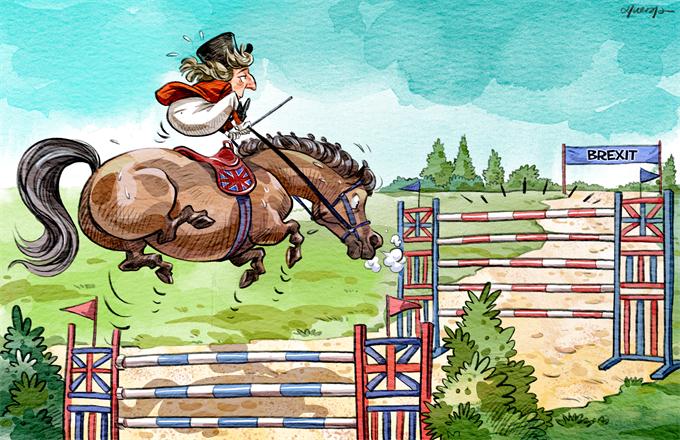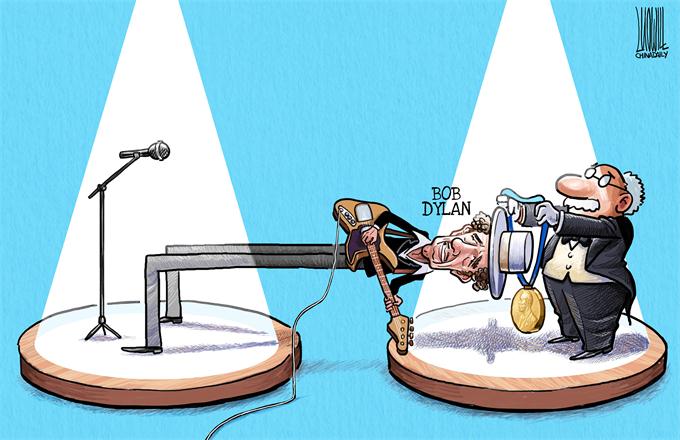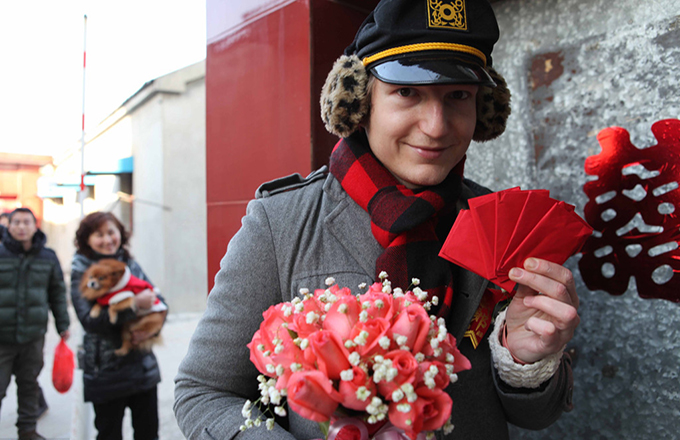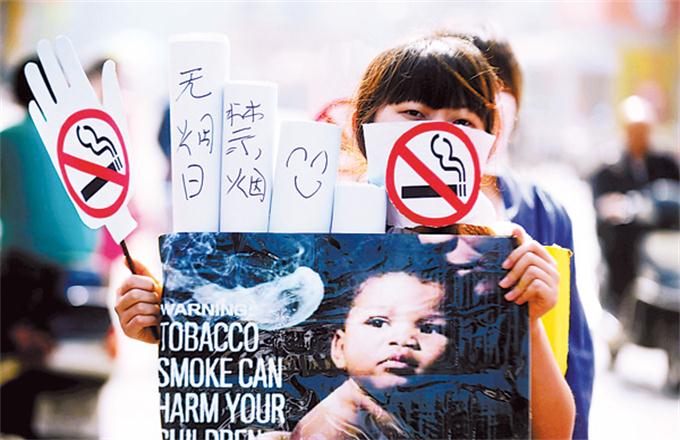Premier Li's win-win jet-setting
Premier Li Keqiang is undertaking official visits to four countries: Kyrgyzstan, Kazakhstan, Latvia and Russia. The fact that these four, specifically, are on his itinerary is significant in a number of ways.
Firstly, all four of these countries are part of China’s Belt and Road initiative (also sometimes called ‘One Belt, One Road’, or the ‘New Silk Road’). The Belt and Road is an ambitious project to connect East Asia with Europe via Central Asia and many other stops in between.
Due to their strategic geographical position, it can readily be seen that the Central Asian states of Kyrgyzstan and Kazakhstan are key participants in the project, as is Russia. The Silk Road Economic Belt is intended to link China via all three of these countries with Central and Eastern Europe (CEE), which includes Latvia.
Importantly, Kyrgyzstan, Kazakhstan and Russia are (along with China, Tajikistan and Uzbekistan) also members of the Shanghai Cooperation Organization (SCO), which will hold a meeting during Li’s stay in Bishkek. Discussing specific projects to deepen cooperation within the Belt and Road initiative will be a key aspect of the SCO summit. In fact, 38 new measures are due to be announced during the meeting in areas such as infrastructure, trade and finance.
In Riga, Latvia, Li will attend the annual forum of heads of state from 16 CEE countries. The European Union will also be in attendance as an observer, indicating how critical the "16+1" cooperative mechanism has now become for China’s relations with Europe.
Finally, Li’s stop-off in Moscow at the end of the trip is suggestive of the ever-closer, ever-warmer relations between China and Russia in recent years. This high-level meeting is undoubtedly designed, at least in part, to tie together the agreements reached in Bishkek, Astana and Riga concerning the progress of Belt and Road projects.
All in all, the Chinese prime minister’s trip seems to be very tightly focused on creating synergies between the Belt and Road, the SCO and the "16+1" cooperative mechanism.
There is much talk in Chinese diplomatic, foreign policy and academic circles of achieving ‘win-win’ outcomes, which grow economies both in China and its partner countries, through new initiatives such as the Belt and Road. To Western observers, this talk can sometimes seem vague, opaque and propagandistic. Yet there is no doubt that it genuinely contains within it the long-term goal of mutually beneficial cooperation.
The logic of economic game theory suggests that pursuing positive rather than zero-sum goals is better, both for China and its partners. Put simply, richer, more developed partners mean more business for Chinese companies, while impoverishment and lack of development do nobody any good. It is therefore in China’s interests to invest in the development of those countries which elect to establish close trade ties, and it is in the interests of those nations to work closely with China to improve both their economies and the lives of their citizens.
It is to this end that Premier Li is travelling through the countries mentioned above. Close coordination of the complex projects in which China is involved in Central Asia and CEE is likely to bring results for all involved.
Ignoring China’s attempts at building win-win synergies across the Belt and Road zone is therefore unwise. This, presumably, is why the EU, thus far apparently reluctant to fully commit to supporting China’s initiatives, is present in Riga as an observer.
Others who are not present at Li’s meetings would also do well to take note of the progress that is being made under Chinese and Russian guidance across the Eurasian landmass. China’s activity in this part of the world is not only likely to be win-win for the participants, but is also going to change the rules of how games of geo-economic significance are played globally.
Jeremy Garlick is a lecturer in international relations at the Jan Masaryk Centre for International Studies, University of Economics in Prague.


















